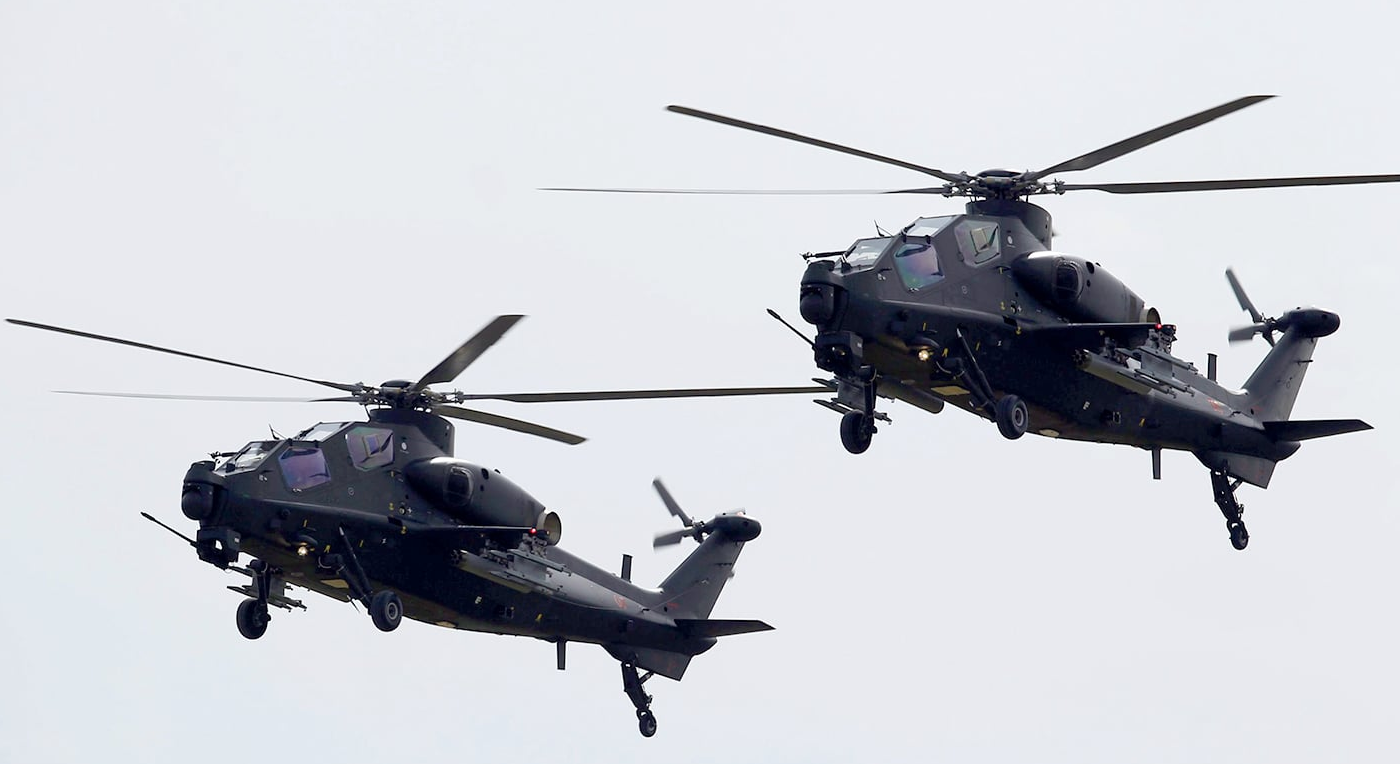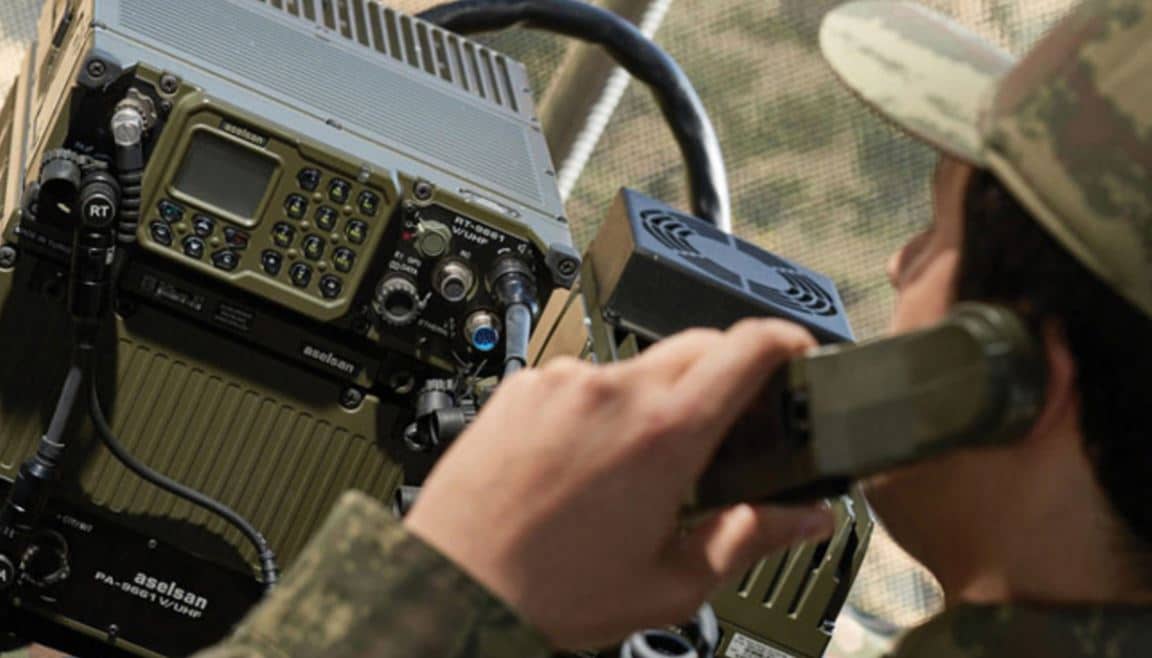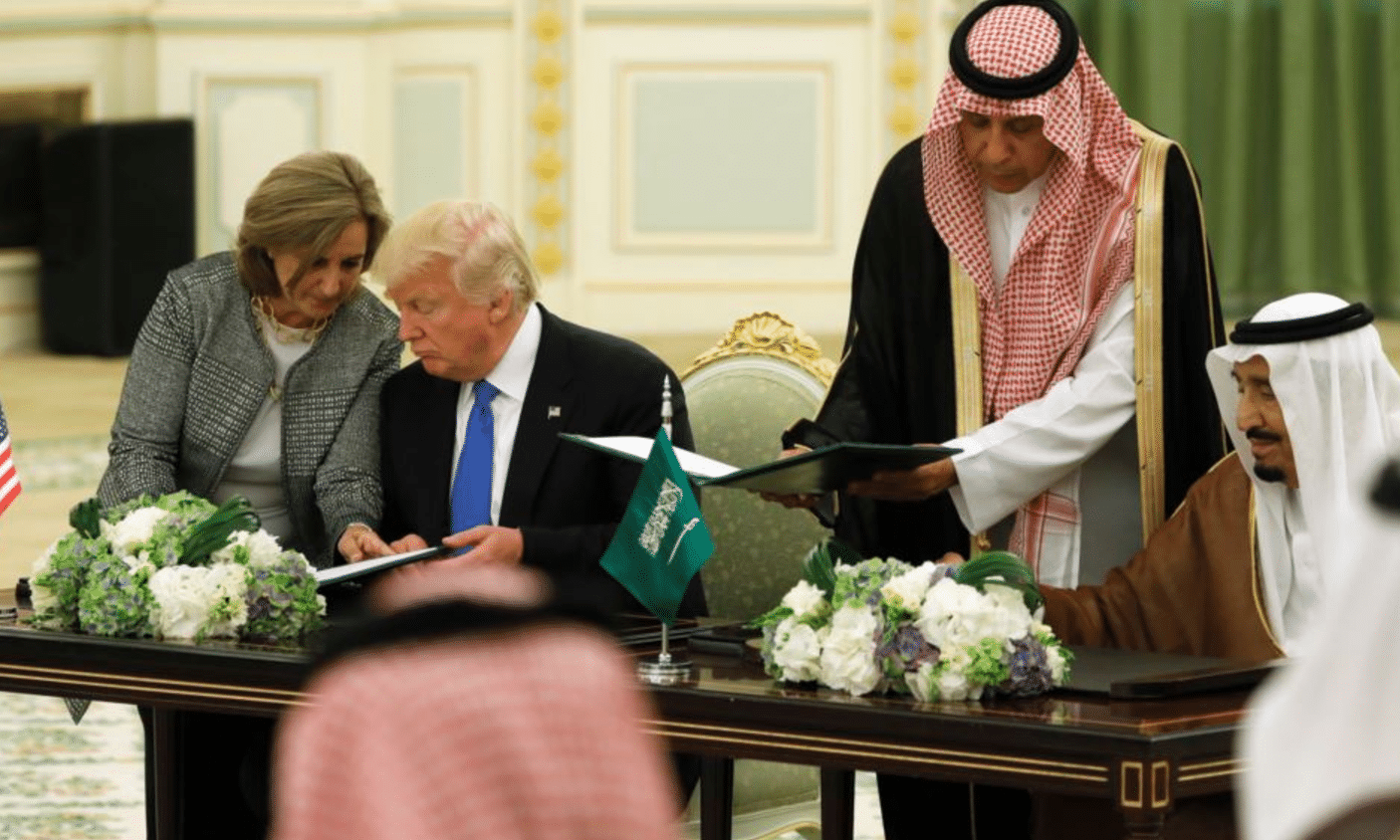40Views 14Comments

A strong Army Aviation is vital to Pakistan’s CAS strategy
Although the Pakistan Air Force (PAF)’s F-16s serve a central role in providing the Pakistan Army with air support in the Federally Administered Tribal Areas (FATA), it does not seem that fighter aircraft will play a central role in the armed forces’ wider close air support (CAS) strategy.
Make no mistake, the PAF is most certainly not walking away from the work of engaging surface targets. From bringing air launched cruise missiles, glide bombs, anti-ship missiles, laser-guided bombs (LGB), and INS/GPS-based precision-guided bombs (PGB) into service, the PAF has clearly put in a considerable level of investment in improving its strike capabilities.
That said, what is the central aim of amassing this offensive power? When looking at Pakistan’s ongoing counterinsurgency (COIN) campaign, it seems the PAF has been called upon to destroy fixed installations, such as ammunition dumps and well-embedded tunnels. Granted, there are likely instances of the PAF closely coordinating with the Army to engage in time-sensitive targeting (TST) missions, which may involve neutralizing moving targets; but it seems the Army’s attack helicopters, such as the AH-1F/S Cobra, are the primary drivers of Pakistan’s low-altitude CAS work.
It is not as though the PAF is fundamentally unable to support the Army at low-altitude. There are a number of aircraft available on the market that could be procured to enable the PAF to offer that kind of support. These primarily include modern turboprop-powered platforms – such as the Embraer A-29 Super Tucano – which could be equipped with laser-guided air-to-ground missiles (AGM) and lightweight laser-guided bombs. But it is evident that the PAF has not pursued that route, preferring instead to focus on providing air support to the Army through engaging distant and/or well-fortified fixed-targets. In fact, it has even avoided repurposing its K-8 Karakoram trainers for the purpose, even though it could (at least in theory) be done by attaching a laser-designation system to the platform.
However, Pakistan still has a low-altitude CAS strategy in place: dedicated attack helicopters. It seems that the Pakistan Army is opting to take on the bulk of its CAS needs on its own, especially in terms of low-altitude coverage. Whether this means providing support to its troops in COIN, or to its armour on the Eastern front, dedicated attack helicopters are going to be essential.
Although a lot has been done to link the PAF and Army, especially in terms of closely coordinating on the battlefield to meet overarching goals, there is value in having the CAS element kept within the fold of the Army. At the end of the day, the Army and Air Force are separate organizations; they must cooperate, but they still have distinct operational mandates to fulfill. If the Army needs a CAS element that can operate in very close concert with its ground forces, and that too with 100% commitment at all times and in all places, then it would be expected that the element would emerge from within the Army itself.
In this context, the Army’s reported interest in the Chinese Z-10 Fierce Thunderbolt and Russian Mi-28NE Night Hunter makes some sense. Yes, it has the AH-1Z in the pipeline, but it seems that Pakistan’s ability to secure that platform – and to build its fleet – is dependent on how well it ties its attack helicopter needs to COIN in the Federally Administered Tribal Areas (FATA). Yes, the attack helicopter fleet is an essential component to COIN, but the Army’s use of such assets will not be limited to such missions. In fact, the Army’s initial impetus to even acquire the AH-1S in the 1980s was to bolster its ability to fight an enemy armour formation. If the Air Force is not going to serve the leading role in supporting the Army’s CAS needs, then it means attack helicopter acquisitions could take on a particularly higher level of importance.
We are not going into the specifics of each platform, but it would be a good idea to lay out some of the core requirements the Army may be looking to fulfill. It will need a platform that is readily capable of being operable in Pakistan’s diverse geography, from deserts to plains, to hills and potentially even high-altitude peaks. It will need a platform that is durable and robust, which could be had in the form of straightforward maintenance as well as the incorporation of armour (especially along the cockpit area).
Furthermore, the platform would need to be compatible with modern munitions, not only laser-guided missiles, but also millimeter wave (mmW) missiles. This is important as mmW radars are not as common on the commercial defence scene as electro-optical and infrared (EO/IR) sensors. Either the vendor will need to be amenable to releasing that technology to Pakistan, or Pakistan will need to source mmW radars from a third-party (and in turn, have the right to integrate subsystems of its choice on its serving platforms). Additional considerations, such as asset networking with unmanned aerial vehicles (UAV) would also need to be raised.
Whether it happens sooner or later, it is evident that Pakistan Army Aviation is gradually becoming much more prominent in its place in the Army. Ten years ago, Army Aviation was reeling from a deficient number of helicopters to effectively support the Army’s COIN efforts in FATA, but ten years from now, it could be a potentially be a comparatively much larger and multi-layered force, one with a sizable attack helicopter fleet. Given Pakistan’s limited financial means, the Army Aviation fleet will need to balance its hopes for an offensive tip with its commitment to effectively support the Army’s transport and utility needs.
In looking at the possible growth of the Army Aviation fleet’s attack helicopter forces, one might ask why the PAF is not going to build its CAS capabilities. It is important to establish that the PAF is not going to leave the Army on its own. This would be an incorrect idea. In terms of its strike commitments, the PAF has a mandate to weaken its opponent through high-level strikes upon key assets, and not to forget, to defend the country’s territorial integrity as well as its sister arms from an enemy’s aerial incursions. This is not a simple task, and a vast proportion of the PAF’s development and organizational preparedness has gone into making the PAF capable of this task. It is not easy to beset it with the task of CAS, which would necessitate allocating valuable resources or perhaps even acquiring new ones. It could be possible in much better economic days, but not today.
For the aircraft that will need to operate closest to the Army’s infantry, armour and artillery, it will be best that those aircraft belong to the Army. The bridges between the Air Force and Army are getting stronger, but it is difficult to surpass the natural proximity of those within the very same service arm – i.e. the units belonging to the Army. That said, the strengthening of those bridges will remain very important, especially in the context of enhancing the Army Aviation’s coordination with the Air Force. The better the two arms are able to coordinate and operate with one another at the tactical level, the more effective the armed forces will be in achieving their collective mandate of safeguarding the country’s territorial integrity. In addition to fine-tuning communication and coordination at the personnel level, strengthening Army-Air Force cooperation could also mean procuring material resources of mutual benefit.
For example, the introduction of dual-mode synthetic aperture radar (SAR)/ground moving target indication (GMTI) sensors could be a natural step forward. SAR/GMTI sensors are basically used to capture highly detailed photos of the ground, with the GMTI element being used to determine moving targets, such as vehicles. Such sensors could be deployed in the form of surveillance pods for on fighter aircraft. Alternatively, very high-powered SAR/GMTI could be integrated onto a VIP or light utility transport aircraft, and further equipped with on-board control consoles, thus resulting in JSTARS-like systems. These systems would basically track an enemy’s formation on the ground from a distance, and then pass that information (via data-link) to friendly assets, such as fighter aircraft, attack helicopters, and even armour.
Another asset of use could be a high bandwidth communications satellite. If one is planning to network a large number of friendly assets from the Army, Air Force and even Navy, then a communications satellite could enable large maneuvers involving multiple service arms.


